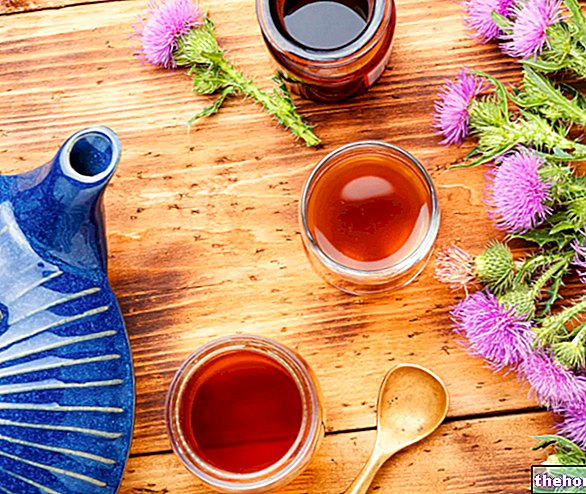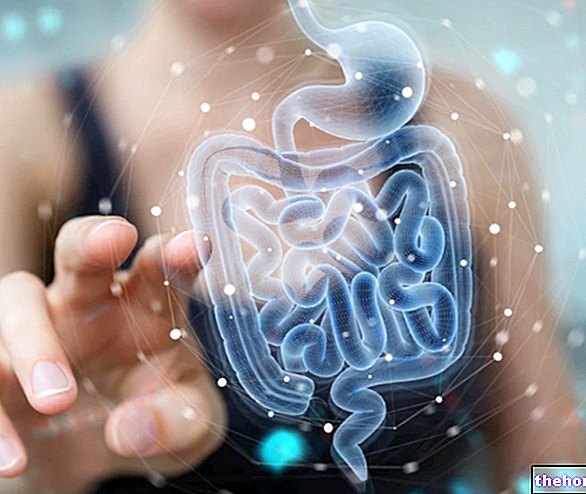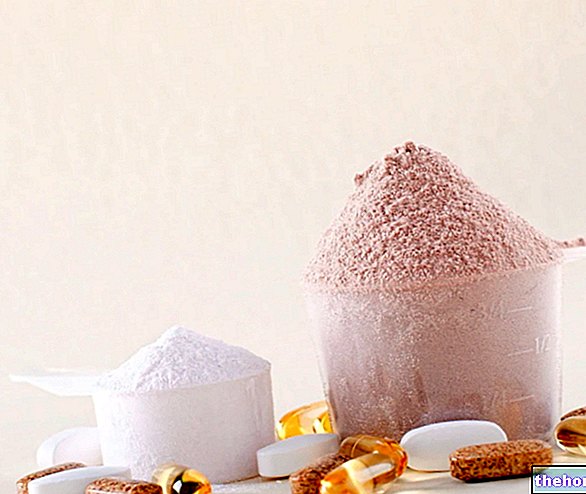What is Pectin?
Pectin is an indigestible carbohydrate, a structural polysaccharide contained in the cell walls of plant tissues. Formed mainly by a linear chain of galacturonic acid monomers, held together by α- (1-4) bonds, pectin is in effect a soluble fiber. Most people know it for its use in the preparation of fruit jams and jellies, but it also has very interesting dietary virtues.
Every day, we ingest a few grams of pectin (2-6 grams in relation to eating habits), obtaining it from fruit and vegetables, in particular from apples, plums, citrus fruits, quinces and gooseberries; the richest source of all is the white skin - called albedo - which remains around the citrus fruits after removing the peel.
(% of fresh weight)
This explains why nutritionists give a clear preference to the whole fruit over freshly squeezed fruit juices, which are particularly rich in sugar and low in fiber.
The different concentration of pectin in ripe fruits explains why from some of them excellent consistency jellies are obtained, while from others rather liquid jams are obtained, making it necessary to add pectin powder or other fruits that are particularly rich in it (apples quinces and citrus peels) In this respect, the ability to form gel with a high consistency is superior for unripe fruits, since in ripe ones there is a high degree of enzymatic hydrolysis of pectins.
What is it used for?
At an industrial level, pectin is obtained from natural sources, such as apples, pomace, the white of citrus fruits and in general from by-products deriving from the extraction of juices.





























